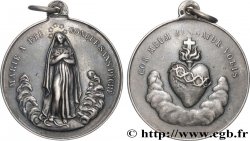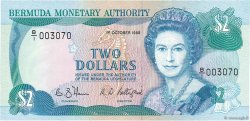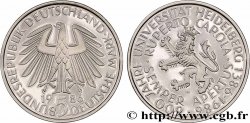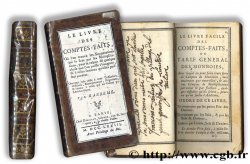fme_811786 - III REPUBLIC Médaille, Exposition coloniale internationale
Not available.
Item sold on our e-shop (2024)
Price : 400.00 €
Item sold on our e-shop (2024)
Price : 400.00 €
Type : Médaille, Exposition coloniale internationale
Date: 1931
Metal : silver
Millesimal fineness : 850 ‰
Diameter : 67,5 mm
Orientation dies : 12 h.
Engraver BÉNARD Raoul René Alphonse (1881-1961)
Weight : 146,81 g.
Edge : lisse + Corne 2ARGENT
Puncheon : Corne 2 ARGENT
Coments on the condition:
Patine grise hétérogène, de l’usure sur les reliefs. Présence de coups et rayures
Obverse
Obverse legend : EXPOSITION COLONIALE INTERNATIONALE - 1931.
Obverse description : Buste de Marianne accosté de bustes de quatre personnes différentes symbolisant des civilisations différentes. Signé : ED. MARTIN - INV..
Reverse
Reverse legend : ALBERT BEDOUCE / DÉPUTÉ.
Reverse description : Cartouche gravé au centre d’une composition, couple de fruits au dessus. Divers monuments symboliques des anciennes colonies dont un palais du Cambodge, etc.. Signé : RAOVL BENARD.
Commentary
La médaille a été décernée au député Albert Bedouce (1869-1947).
Partisan de Jean Jaurès, athée et anticlérical, Bedouce a été le premier maire socialiste de Toulouse, conseiller général de la Haute-Garonne à trois reprises, mais aussi député socialiste de la Haute-Garonne à sept reprises, ministre des Travaux publics du Front populaire dans le premier gouvernement Léon Blum et candidat malheureux à l'élection présidentielle de 1939 (cf. wikipedia).
The medal was awarded to MP Albert Bedouce (1869-1947). A supporter of Jean Jaurès, an atheist and anticlerical, Bedouce was the first socialist mayor of Toulouse, a three-time general councillor for Haute-Garonne, but also a seven-time socialist MP for Haute-Garonne, Minister of Public Works for the Popular Front in the first Léon Blum government and an unsuccessful candidate in the 1939 presidential election (see Wikipedia).
Partisan de Jean Jaurès, athée et anticlérical, Bedouce a été le premier maire socialiste de Toulouse, conseiller général de la Haute-Garonne à trois reprises, mais aussi député socialiste de la Haute-Garonne à sept reprises, ministre des Travaux publics du Front populaire dans le premier gouvernement Léon Blum et candidat malheureux à l'élection présidentielle de 1939 (cf. wikipedia).
The medal was awarded to MP Albert Bedouce (1869-1947). A supporter of Jean Jaurès, an atheist and anticlerical, Bedouce was the first socialist mayor of Toulouse, a three-time general councillor for Haute-Garonne, but also a seven-time socialist MP for Haute-Garonne, Minister of Public Works for the Popular Front in the first Léon Blum government and an unsuccessful candidate in the 1939 presidential election (see Wikipedia).








 Report a mistake
Report a mistake Print the page
Print the page Share my selection
Share my selection Ask a question
Ask a question Consign / sell
Consign / sell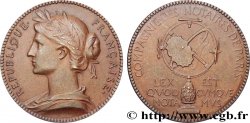
 Full data
Full data